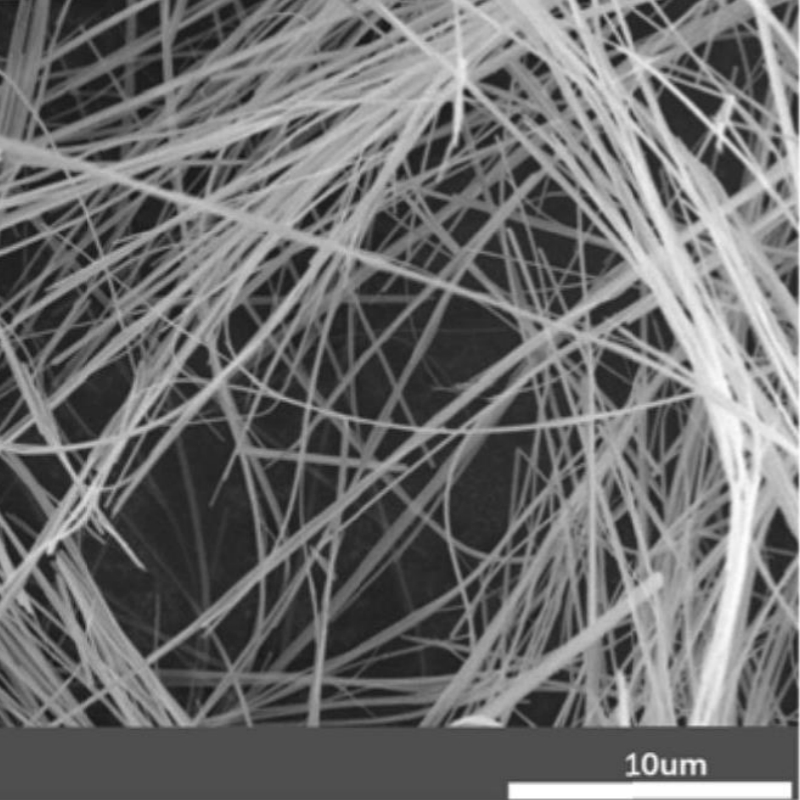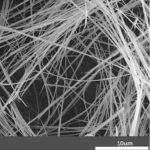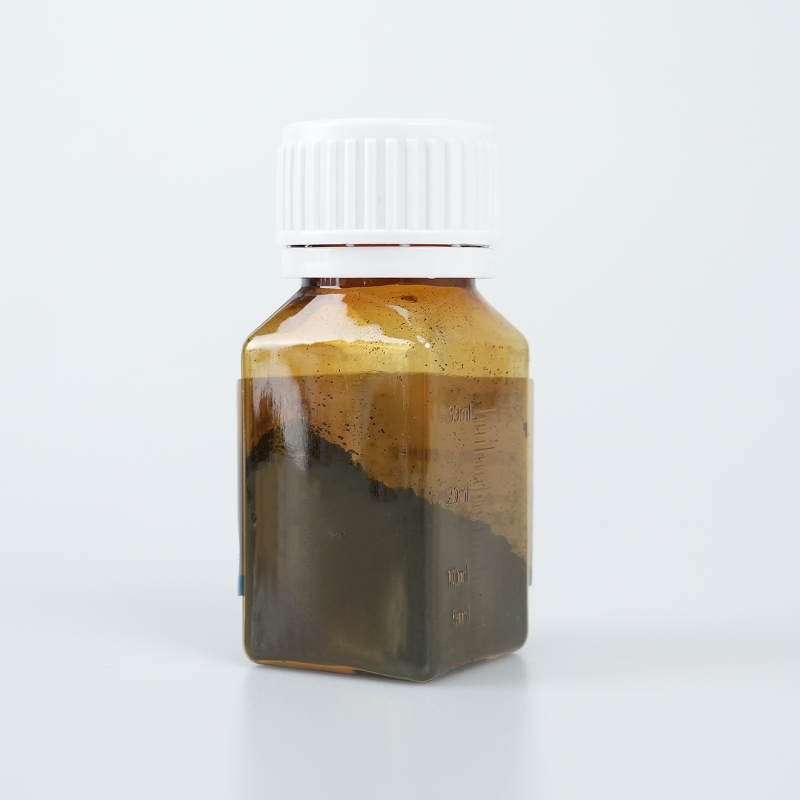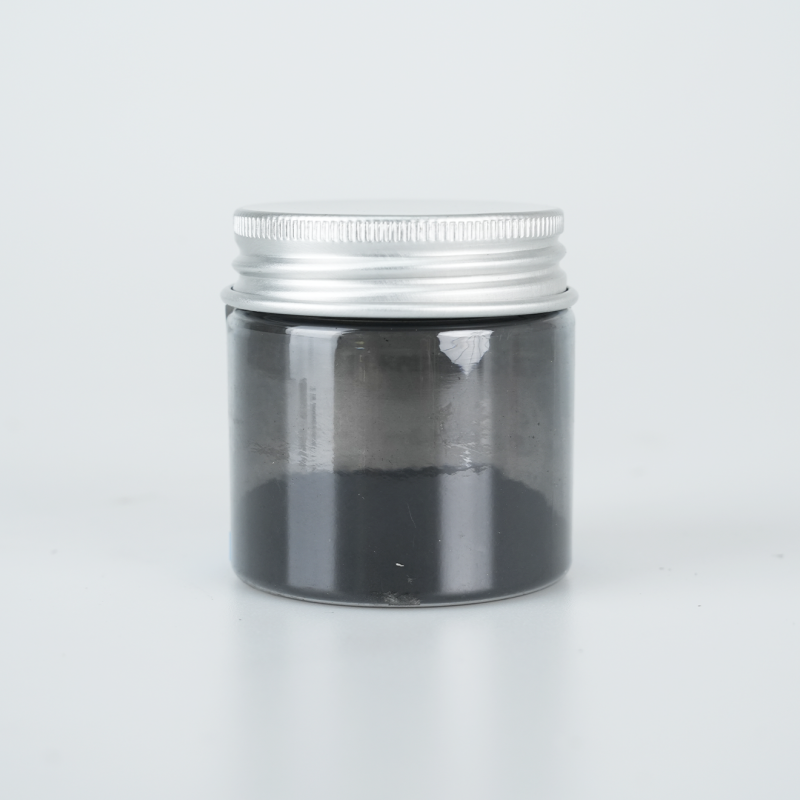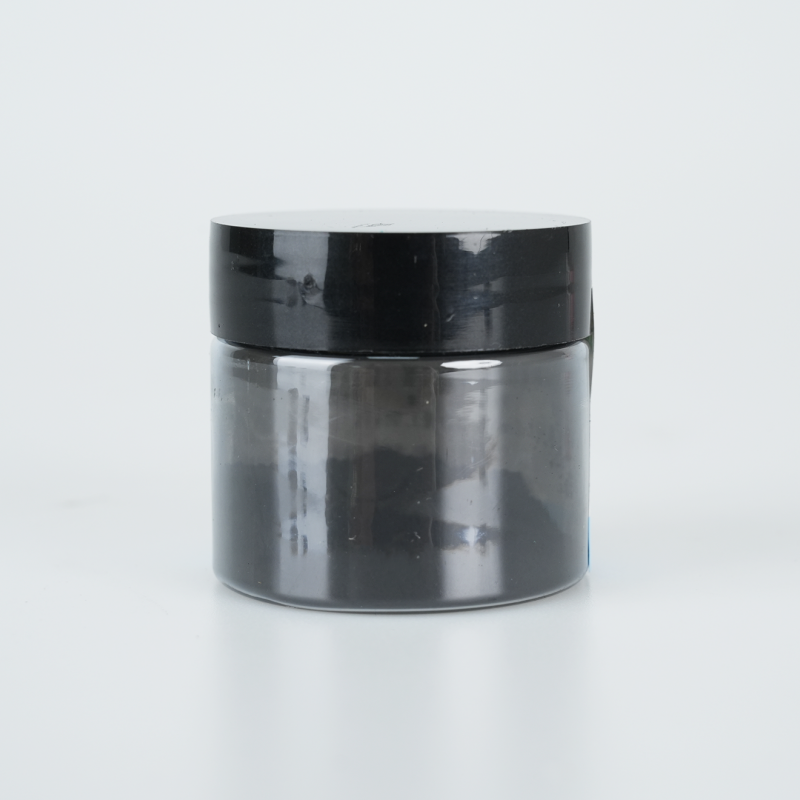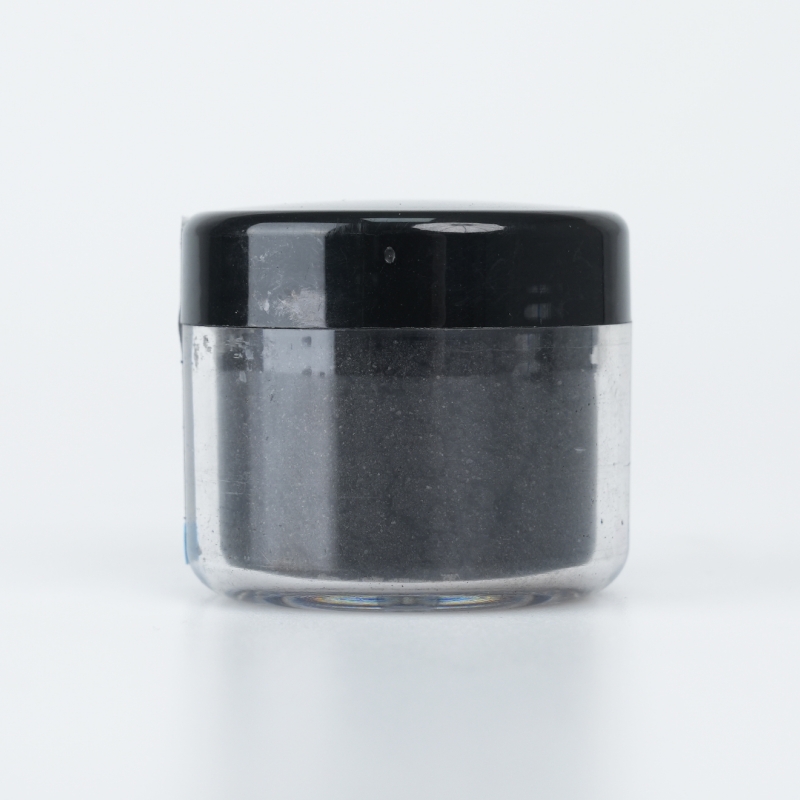Sodium titanate nanobelts provide optimized ion exchange capacity, superior mechanical strength, and enhanced thermal stability. Designed for catalysis, energy storage, and biomedical applications, they ensure efficient charge transport, extended durability, and high adaptability.
Product Overview
Sodium titanate nanobelts (Na₂Ti₃O₇) feature a unique crystal structure composed of Ti-O₆ octahedra, forming a layered structure. The interlayer spaces are occupied by Na+ ions, which can be replaced by other metal ions such as Li+ and Co+. These nanobelts have a wide range of applications in the adsorption of functional organic compounds, removal of heavy metals, and radioactive ions. Their excellent ion-exchange properties and convertibility make them valuable in various fields.
Key Features
- Surface Activity:The nanobelts have active sites and reactive groups on the surface, with a high surface energy, making them easy to functionalize and modify.
- Ion Exchange Properties:They can undergo ion exchange, particularly with alkali metal ions, offering good adaptability.
- Convertibility:Through acid treatment or other processes, sodium titanate nanobelts can be transformed into other titanium compounds like titanium oxide nanotubes or nanobelts.
Applications
- Drug Delivery:With a large surface area and unique structure, sodium titanate nanobelts can carry drug molecules and be functionalized for targeted delivery and controlled release.
- Sodium-ion Batteries:Due to their large interlayer spacing, these nanobelts promote rapid sodium ion transfer, making them suitable for use in sodium-ion batteries.
- Retention Aids in Papermaking:Sodium titanate nanobelts form particle retention systems with cationic polyacrylamide (CPAM) for improving retention and flocculation in the papermaking process.
- Titanium Dioxide Nanobelts Preparation:Sodium titanate nanobelts can be converted to anatase TiO₂ nanobelts via hydrothermal treatment, useful in phase transformation studies.
- Ion Exchange and Adsorption:Their layered structure and surface properties make them effective for ion exchange and adsorption of pollutants, widely applied in water and air purification.
| Parameter | Value |
| Appearance | White powder |
| Composition | Na₂Ti₃O₇ |
| Length | 4-20 μm (SEM) |
| Width | 50-300 nm (SEM) |
 new material
new material

